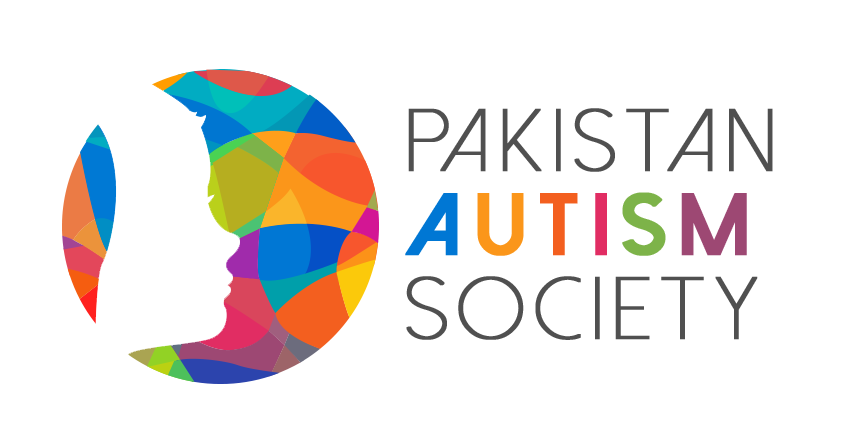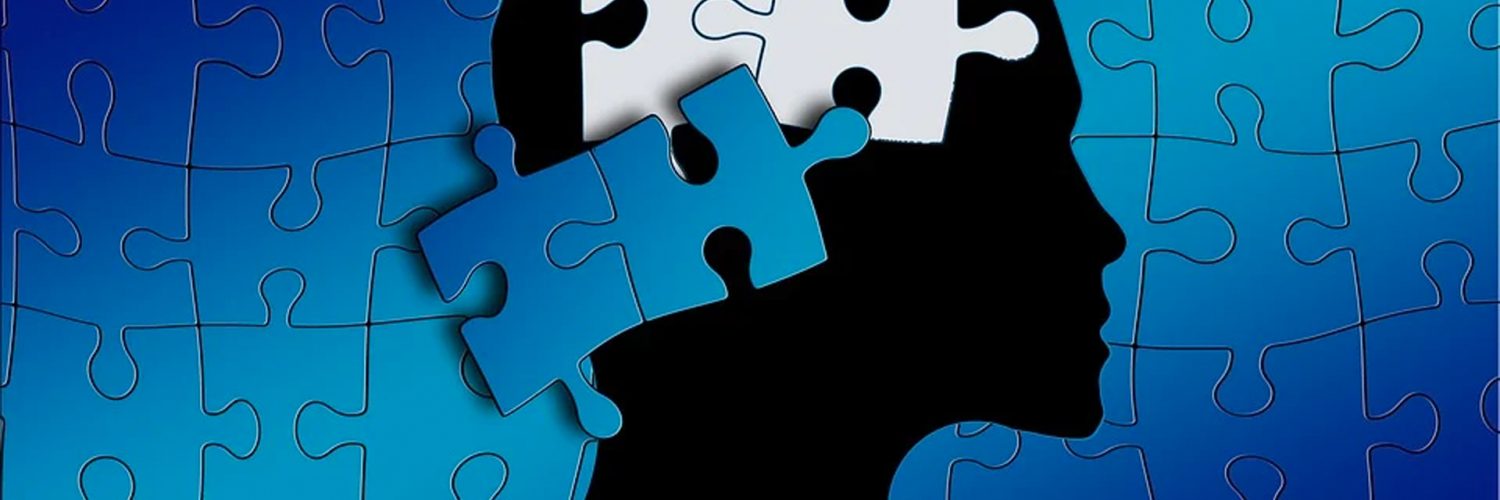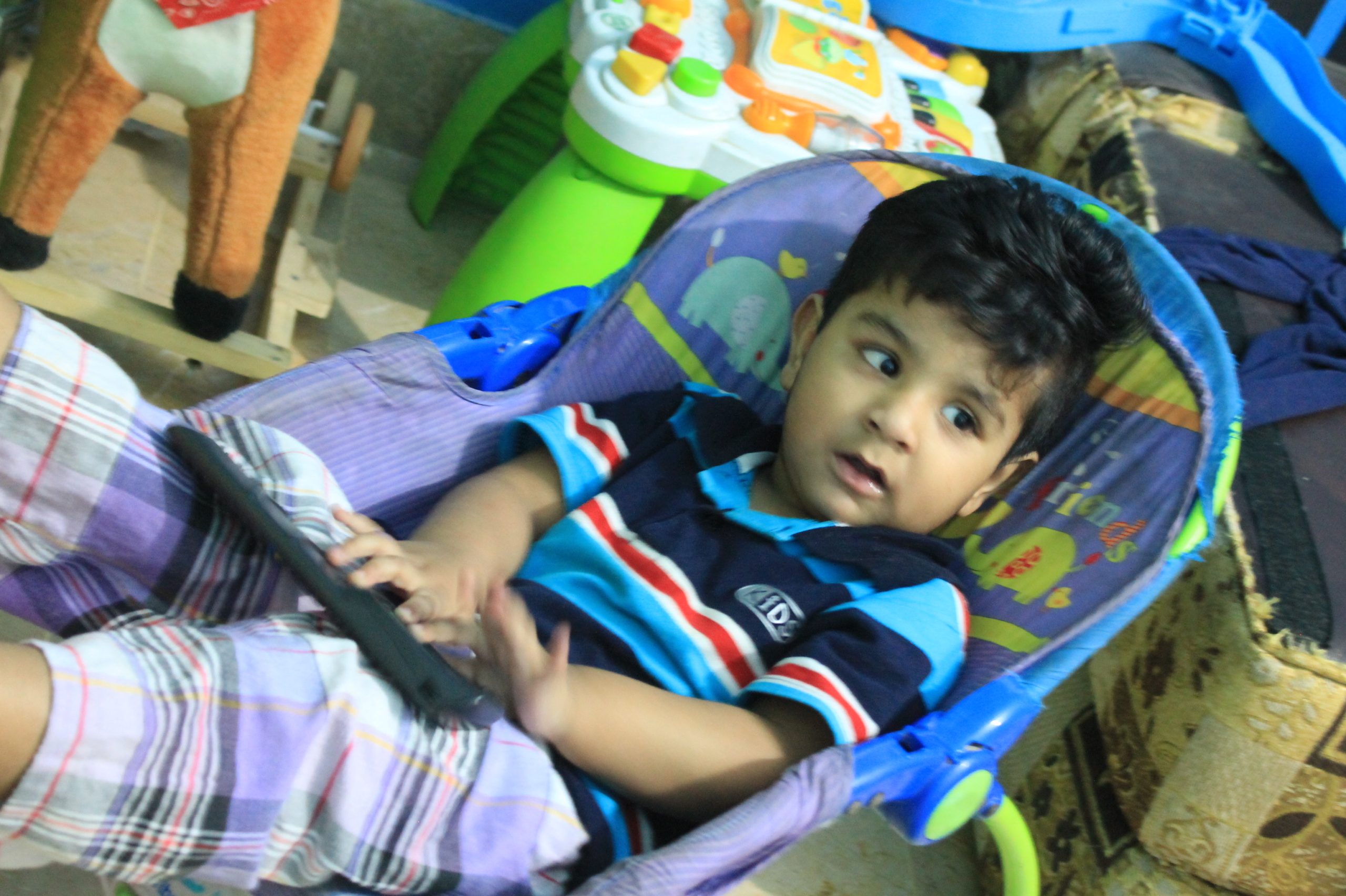Here are the 25 facts to know about Autism Spectrum Disorder (ASD):
- Autism spectrum disorder is one of the fastest-growing developmental disorders in Pakistan. ASD is more common than childhood cancer, diabetes and AIDS combined.
- The term stems from the Greek word autos meaning “self”, autism literally means “alone”.
- ASD affects all nationalities, all creeds, all religions, all races, and sexes. It doesn’t differentiate or affect only one group or another.
- In the late 1990s, the diagnostic title changed to reflect a more politically correct social environment. Now the proper expression is “people with autism or ASD”.
- ASD is a developmental disability that generally appears before the age of 3.
- The earlier autism spectrum disorder is diagnosed and treated, the better. Outcomes for children’s lives are significantly improved with early diagnosis and treatment.
- Early behavior-based interventions have positive effects on some children with ASD and less note-worthy effects on other children. Early services need to be based on individual children’s needs and learning styles. Services for adults with ASD must be carefully individualized.
- There is currently no medical detection or cure for autism spectrum disorder.
- Parents do not and cannot cause autism spectrum disorder. Although the multiple causes of ASD are not known, it is known that parental behavior before, during, and after pregnancy does not cause ASD.
- Individuals with ASD have communication deficits. It is important to distinguish between spoken language and social communication deficits.
- Autism is not degenerative. Individuals with ASD can continuously improve. They are most likely to improve with specialized, individualized services and opportunities for supported inclusion.
- Being nonverbal at age 4 does not mean children with ASD will never speak. Research shows that most will learn to use words and nearly half will learn to speak fluently.
- Children and adults with autism often care deeply but lack the ability to spontaneously develop empathic and socially connected typical behavior. Individuals with ASD often want to socially interact but lack the ability to spontaneously develop effective social interaction skills.
- If one identical twin has autism spectrum disorder, there is a 60-96% chance the other twin will have some form of ASD. Although fraternal twins have a lower chance of both having ASD, if one has an ASD the other has up to a 24% chance.
- Co-morbid medical conditions in autism are common and may include: allergies, asthma, epilepsy, digestive disorders, feeding disorders, sleeping disorders, sensory integration dysfunction, cognitive impairments, and other medical disorders.
- Up to a third of people with autism spectrum disorder also develop seizure disorders—the rate of seizures in people with ASD is 10 times higher than in the general population.
- About 10% of children with autism spectrum disorder also have another genetic, neurological, or metabolic disorder.
- Each child with autism spectrum disorder is a unique individual. Children and adults with ASD may speak or interact with others. They may have good eye contact, maybe verbal or non-verbal, They may be very bright, of average intelligence, or have cognitive deficits.
- Hyperlexia, the ability to read above one’s age or grade level in school, commonly accompanies autism spectrum disorder.
- Individuals with autism spectrum disorder may be very creative and find a passion and talent for music, theater, art, dance, and singing quite easily.
- It is widely speculated that Albert Einstein, Isaac Newton, Andy Warhol, and Bill Gates are on the autism spectrum.
- Researchers and clinicians hypothesize that symptoms of ASD in males and females may differ, leading many females to not be diagnosed in a timely manner.
- Gender differences in symptoms have been found in the areas of social understanding, social communication, and social imagination.
- Females with autism remain an understudied group in research.
- Many people with ASD are successfully living and working and contributing to the well-being of others in their local communities.














[…] neuroanatomy of autism is difficult to describe, So it might be easier to talk about the architecture of the brain and how […]